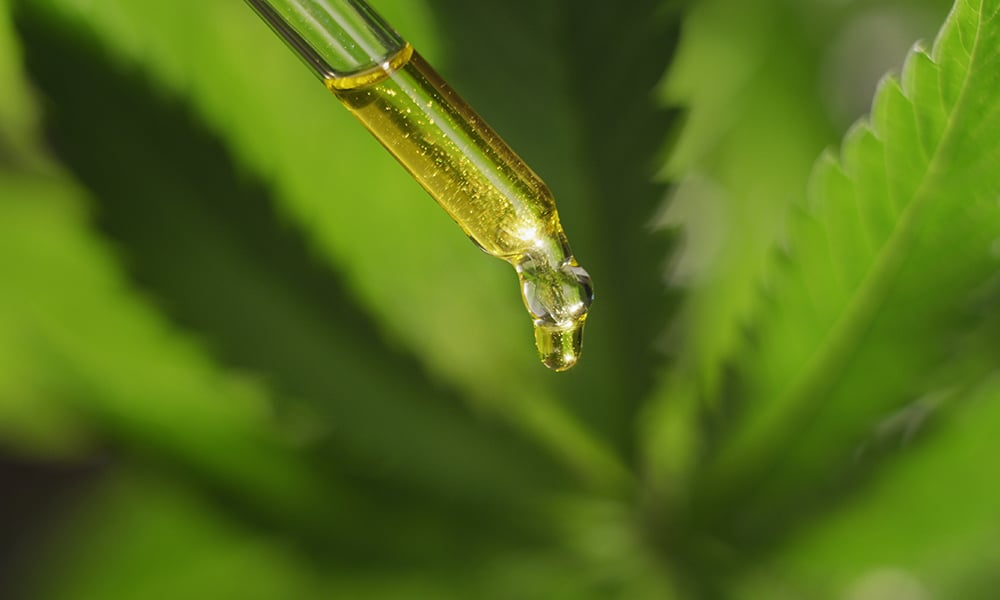If you use cannabis for symptom relief, you may have heard of something called a therapeutic window. It refers to the dosing range where you’ll experience relief, but no unwanted side effects like drowsiness, dizziness or racing thoughts. This is the concept behind the increasingly popular practice of microdosing cannabis.
Microdosing cannabis means finding the lowest dose in your therapeutic window and staying there as long as possible. You’re still getting the relief you need, often even more relief than you’d get with higher doses. Those higher doses just mean that you’re taking in extra cannabinoids and potentially developing a tolerance.
The “just right” of microdosing may even help your body to heal itself. The scientific theory is that the lower doses encourage your system to release its own endocannabinoids, which function much like the cannabinoids in CBD. You get to stay at the lower dose for longer, experiencing more relief with less cannabis—and saving money in the process!
So how do you do it?

Step 1: Clear Your System
If you’re a regular cannabis user, this step is for you. Having cannabis in your system will throw off your microdosing strategy, so you’ll need to give yourself about two days without using any. It’s essentially a re-set so your measurements are accurate.
Step 2: Choose Your Delivery Method
Once those two days are up, try your first microdose. You need to know exactly how much CBD and THC you’re taking, so choose a delivery method where the cannabinoid content is easy to measure.
Tinctures tend to be the easiest delivery method for microdosing. If you buy a commercial tincture, the bottle will tell you how many milligrams of cannabinoids are in each drop.
Alternatively, you can make tinctures at home, but you’ll need to make sure that all of your batches have the same alcohol to cannabis ratio. Measure your cannabis before you mix it with the alcohol, then do the math. You’ll want to know how much cannabis is in every milliliter of the tincture.
(Pro tip: measure in milligrams. It makes the division
easier.)
Step 3: Try Just a Little
Start with the smallest dose possible. A single milligram might do the trick. If you’re using a tincture, drop it under your tongue and wait. It will absorb quickly into the body via the sublingual artery.
You should start feeling something within 15 to 30 minutes, but it might be slightly longer. Be patient. Resist the urge to take more because “nothing’s happening.” After 45 minutes have gone by, if you’re still feeling nothing at all, add another milligram and wait another 45 minutes.
If you feel a difference, that’s your minimum effective dose. Either way, you’ll increase your dose a bit more on day two to see if you feel more relief.
Step 4: Write it Down
Microdosing is all about precision. From day one, you want to write down everything about each dose. That includes how much you took, what time you took it and what you feel.
Step 5: Find Your Sweet Spot
Keep increasing your dose by small amounts. Eventually, you’ll reach a point when a slightly higher dose doesn’t give you more relief. That previous dose—the one before the plateau—is your ideal microdose.
In addition to saving money, microdosing cannabis can promote a healthier lifestyle by reducing stress, regulating appetite, and improving overall well being.


